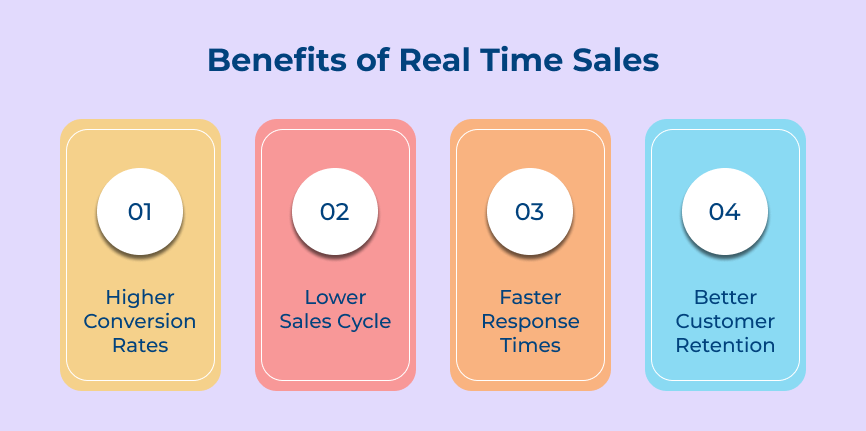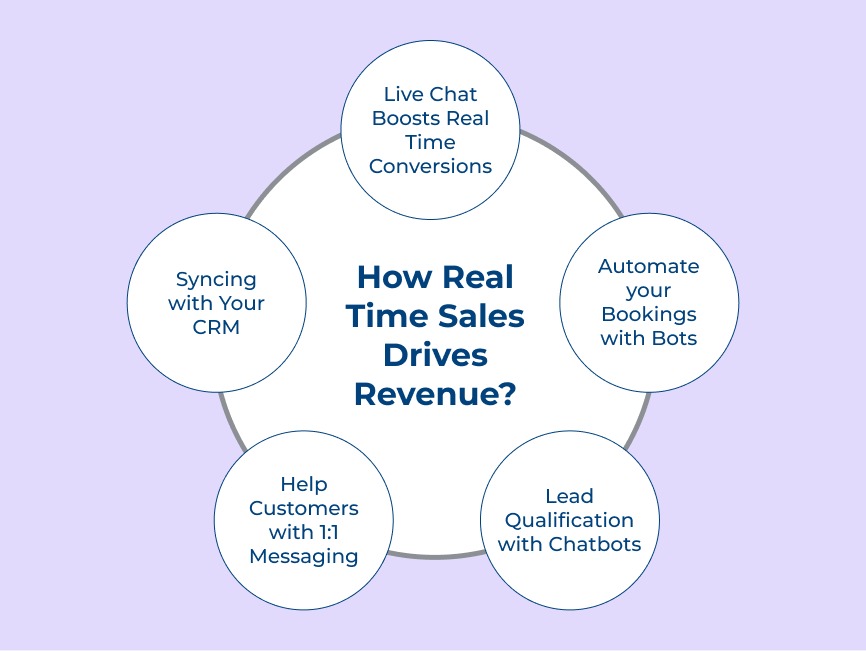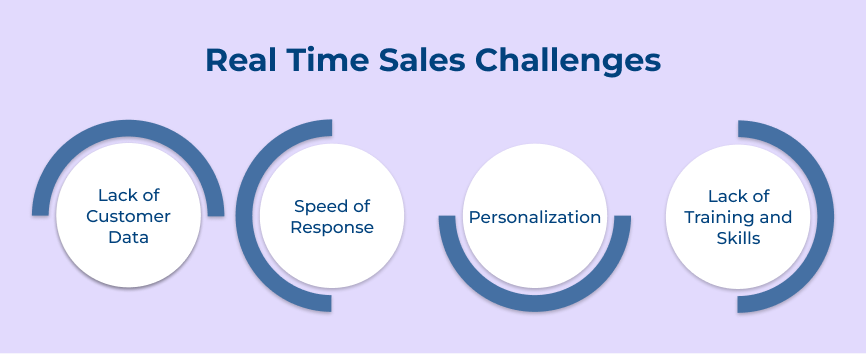1. Live Chat Boosts Real Time Conversions
Live chat is a powerful tool that can boost real time conversions and drive revenue for businesses. The methodology involves engaging with website visitors in real time through a chat interface. Live chat can help in real time selling by offering immediate responses to customer inquiries and guiding them through the buying process.
One challenge that businesses may face when implementing live chat is ensuring that there are enough team members available. According to a study by Forrester Research, live chat can increase conversions by up to 20%. Let’s take an example of a retail company that saw a 35% increase in conversion rates after implementing live chat on their website.
Best practice:
- Train chat agents to be knowledgeable about products and services.
- Proactively engage with website visitors to offer assistance.
- Use analytics to analyze chat performance and make improvements accordingly.
2. Automate your Bookings with Bots
Automation is key to driving revenue in real time. One effective methodology to achieve this is by automating the bookings with bots. Using chatbots allows businesses to streamline their booking processes. Chatbots are programmed to interact with customers in a personalized and efficient manner.
Let’s explore an example of a hotel chain that implemented a chatbot on its website to assist customers with room bookings. Providing instant responses to inquiries allows the hotel to see a 30% increase in bookings within the first month of using the chatbot.
Best practice:
- Personalize the chatbot experience to make customers feel valued and understood.
- Assist customers on booking platforms with personalized recommendations.
- Continuously analyze and optimize the chatbot’s performance to ensure maximum efficiency.
3. Lead Qualification with Chatbots
Lead qualification with chatbots is a methodology by which real time sales can drive revenue by leveraging automated chatbots to interact with potential customers. Chatbots can qualify more leads by engaging with website visitors in real-time, asking qualifying questions and providing relevant information. Companies that use chatbots for lead qualification see a 35% increase in qualified leads.
Let’s take an example of a company selling software products that can use a chatbot on their website to ask visitors about their specific needs and preferences. Based on the responses, the chatbot can provide tailored product recommendations and schedule a demo with sales reps.
Best practice:
- Design engaging and user-friendly chatbot scripts that align with the brand messaging.
- Continuously optimize chatbot interactions based on collected data and feedback from users.
- Integrate chatbots with the CRM system to track lead interactions and provide valuable insights to the sales team.
4. Help Customers Instantly with 1:1 Messaging
Helping customers instantly with 1:1 messaging is a methodology by which real time sales drive revenue. The approach involves interacting with customers in real-time through messaging platforms such as chatbots or live chat, to provide immediate assistance and support.
Let’s look at an example of a clothing retailer implementing 1:1 messaging on their website. It can help customers find the perfect outfit, recommend additional products and address any concerns in real time. Leading to higher sales and customer satisfaction.
Best practice:
- Utilize automated messaging systems to provide instant responses even outside of business hours.
- Personalize messages based on customer data and behavior to increase engagement.
- Train the team to provide efficient and one-on-one responses to improve customer experience.
5. Syncing with Your CRM
“Syncing with a CRM” is a methodology in which real time sales data is integrated with a customer relationship management (CRM) system to drive revenue. One of the key benefits of syncing with a CRM is the ability to generate leads and sales in real time. Tracking customer interactions and preferences allows businesses to tailor their marketing efforts to target specific customers with relevant offers.
Let’s take an example of a company that syncs its sales data with its CRM system and may notice that a particular customer has shown interest in a specific product. Sending personalized emails or targeted ads to the customer allows the company to increase the likelihood of making a sale.
Best practice:
- Regularly update the CRM data to ensure accuracy and relevance.
- Utilize automation tools to streamline the syncing process and eliminate manual data entry errors.
- Provide ongoing training for sales teams on how to effectively leverage CRM data for sales success.
4 Real Time Sales Challenges
Below are the real time sales challenges that could be thwarting your progress and exploring strategies to overcome them, ensuring your team remains agile in the market.














